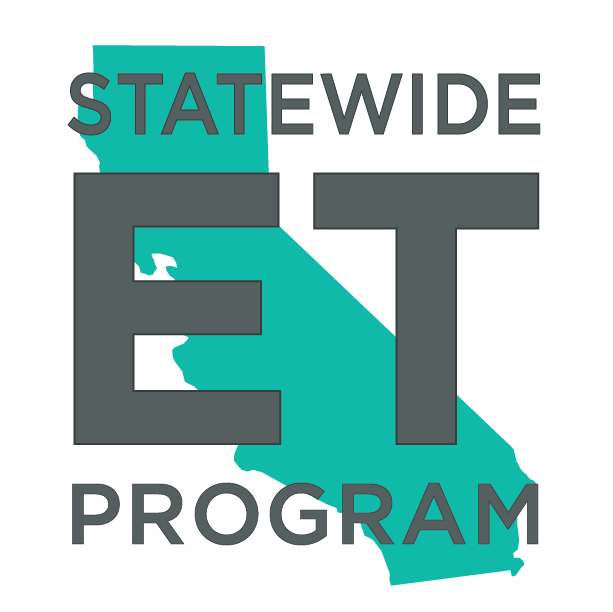ET25SWE0032 - Electrification of Greenhouse Heating Systems
Controlled Environment Horticulture (“CEH”) is a growing energy end use that increases year-round domestic food production, brings production closer to consumers, and improves food system resilience against climate change (https://www.aceee.org/policy-brief/2023/05/controlled-environment-agric…).
Most greenhouses in California do not require vapor compression cooling but do have heating loads that are met by fossil fuel-based heating systems. These fossil fuel-based heating systems are easy opportunities for electrification since the process temperatures required in greenhouses are low compared to other processes, don’t require steam, and can be met with current heat pump technology. Given California’s decarbonization goals and the importance of agriculture to the state, energy program offerings are needed to support decarbonized heating solutions in this rapidly growing sector.
TRC Engineers, Inc. (“TRC” or “Implementer”) under the direction and oversight of Cohen Ventures, Inc. DBA (“Energy Solutions”) will provide all qualified personnel from internal staff (the “Project Team”) to complete this project. The Project Team will conduct interviews with market actors including greenhouse owners, operators, and vendors, as well as HVAC vendors in the target market segment(s). The interviews aim to characterize the process parameters and site characteristics that impact energy use such as heating system type, distribution system type, and heating set points by season, time of day, and crop type. Interviews will characterize certain co-located end uses such as packing and cold storage to assess the potential for new uses of waste cooling. Additionally, discussions with market actors will narrow practices around partitioning and crop mix to understand if new cooling capabilities can increase the diversity and value of crops grown in summer. The Project Team will quantify the monetary value of identified non-energy benefits. The interviews will result in target greenhouse topologies for electrification based on the characteristics described above and identify market ready heat pump strategies which could include partial load coverage, full electrification, thermal energy storage, and use of waste cooling to grow high value crops in summer.
Applying the information obtained by the interview process, the project team will complete an energy analysis of the most promising heat pump strategies for the target greenhouse typologies identified. This energy analysis will explore energy and cost-saving strategies such as dual-fuel electrification for a facility that partitions its crops and can use waste cooling to grow strawberries in summer. The Project Team will use Virtual Grower 3 (a free software application published by the USDA) to quantify base case and measure case gas and electrical energy use, peak demand, and on-bill energy costs for a single greenhouse construction in sixteen (16) California Climate Zones. Where Virtual Grower 3 has limitations that prevent full analysis, the project team will use spreadsheet analysis to supplement Virtual Grower 3 that should be improved to support energy program implementation.
